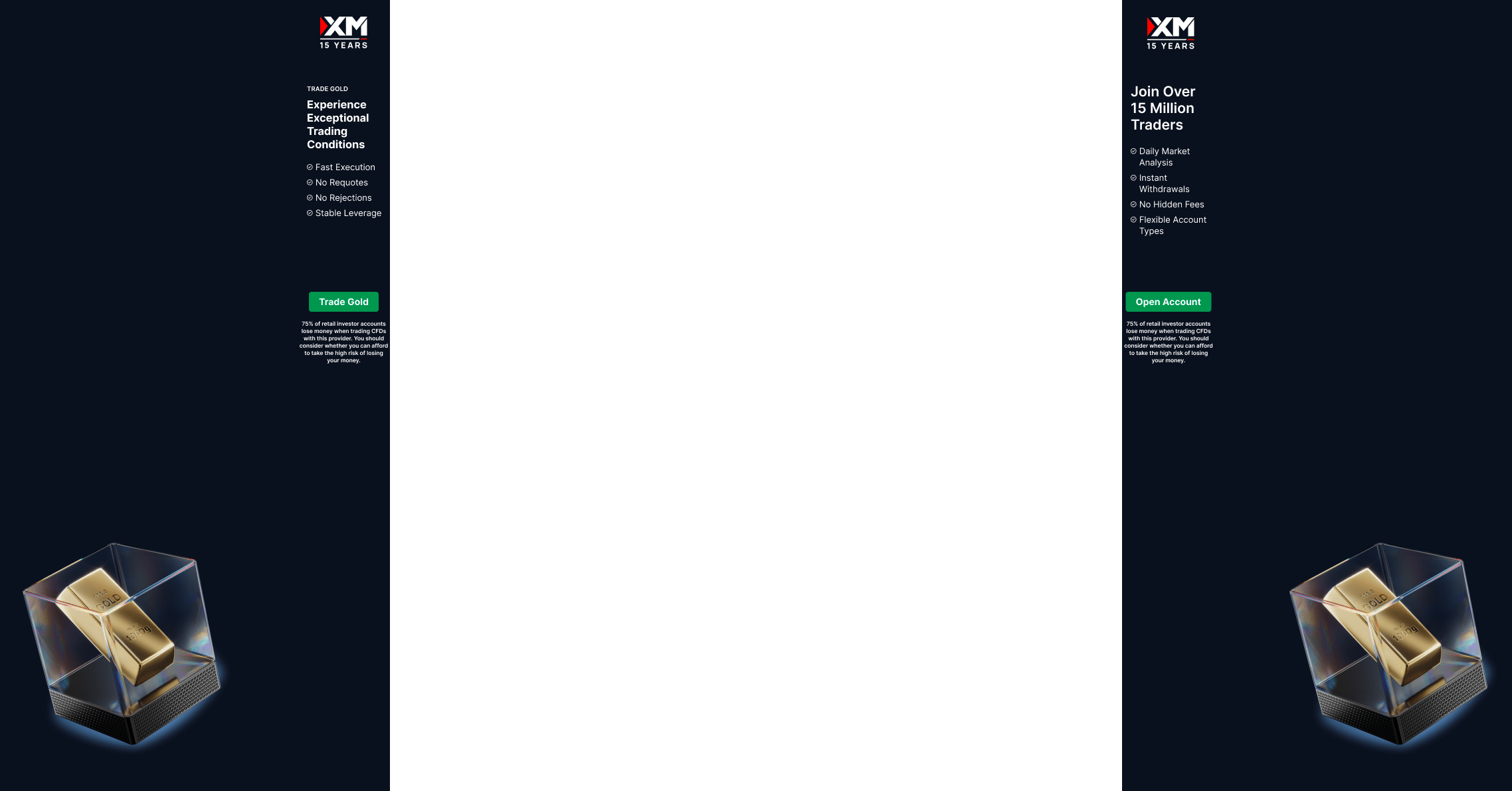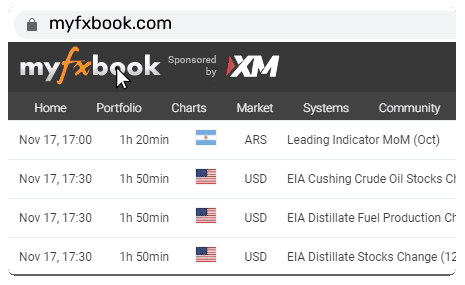Weekly Technical Outlook – EURUSD, USDJPY, USDCAD

EURUSD outlook remains favorable as EZ CPI, ECB rate decision awaited USDJPY takes a downturn as trade risks return ahead of US nonfarm payrolls USDCAD slides to fresh seven-month low; BoC rate decision on the agenda too
EURUSD -> EZ CPI, ECB rate decision
The euro remains in focus ahead of the European Central Bank’s (ECB) policy decision on Thursday, where a widely expected 25bps rate cut may mark the ECB’s eighth reduction in this cycle. While Q1 data showed signs of economic recovery amid a pre-tariff surge in orders and in hopes of increased investment in defense and infrastructure, weakening business PMIs have raised concerns about sustainability.
Headline inflation could hit the ECB’s 2.0% target when May's preliminary CPI data is released Tuesday. If so, another cut could follow, although the latest commentary from ECB policymakers suggested some hesitation about further easing during the summer.
Technically, EURUSD remains supported above its 20-day EMA at 1.1270. If the ECB signals uncertainty around a July cut – especially with the 90-day US-EU tariff pause ending July 9 – the euro could climb. A decisive break above 1.1485-1.1500 may open the way to 1.1670-1.1750. Conversely, a more dovish outlook could push EURUSD below the 1.1200-1.1270 area and down to 1.1000.
USDJPY --> Trade tensions & US jobs data
US nonfarm payrolls are on the agenda on Friday and analysts are stubbornly keeping the bar low once again, forecasting a softer increase of 130k versus 177k previously and a steady unemployment rate of 4.2%. Also, average hourly earnings could tick down to 3.7% y/y from 3.8%, although the monthly projections point to a slight pickup to 0.3%.
Last week’s core PCE index came in as expected at 2.5% y/y, but a decline in consumer spending on essentials like food, clothing, and vehicles raised red flags. An uptick in savings suggests consumers are becoming more cautious too.
The problem is that economic uncertainty could keep weighing on consumption and investments as trade tensions are not going away anytime soon despite a federal court suspending Trump’s reciprocal tariffs last week. The US president surprised investors once again during the weekend when he announced the doubling of tariffs on steel and aluminum to 50% starting immediately on June 4. Adding to the risks, China threatened to take stronger measures after blaming the US for “severely violating” their trade truce.
Technically, USDJPY could remain under pressure, currently approaching May’s low at 142.43. If the NFP report confirms labor market softness, the pair may test support at 140.40-140.90 or even fall toward 138.80. Market watchers should also monitor the ISM manufacturing and services PMIs (due Monday and Wednesday) and the ADP private payrolls report midweek, despite its limited predictive value.
USDCAD --> BoC rate decision
The Bank of Canada (BoC) is expected to keep rates steady at 2.75% on Wednesday for a second straight meeting, as the economy exceeded expectations, growing by a 2.2% annualized rate in Q1. However, a closer look reveals that growth was driven by exports and inventory buildup, possibly in anticipation of tariffs. Household spending remained weak.
Conflicting data complicates the outlook: while inflation pressures remain, the unemployment rate is nearing 7.0%, its highest since 2021, raising questions about consumer strength. This divergence may justify caution from the BoC, even if it doesn’t yet justify a rate cut.
Adding to the uncertainty are political tensions with the US. Despite a seemingly friendly meeting with President Trump, Canada’s new prime minister Mark Carney asserted “Canada is not for sale” in Washington, signaling resistance to US trade pressure. The steel and aluminum tariff hike also poses a fresh risk for Canadian exports.
With these cross-currents, the BoC is likely to maintain a wait-and-see stance. If the central bank holds steady, USDCAD could continue its downtrend, especially if it breaks below the 1.3670–1.3700 zone, targeting support near 1.3550–1.3588.






.jpg)













